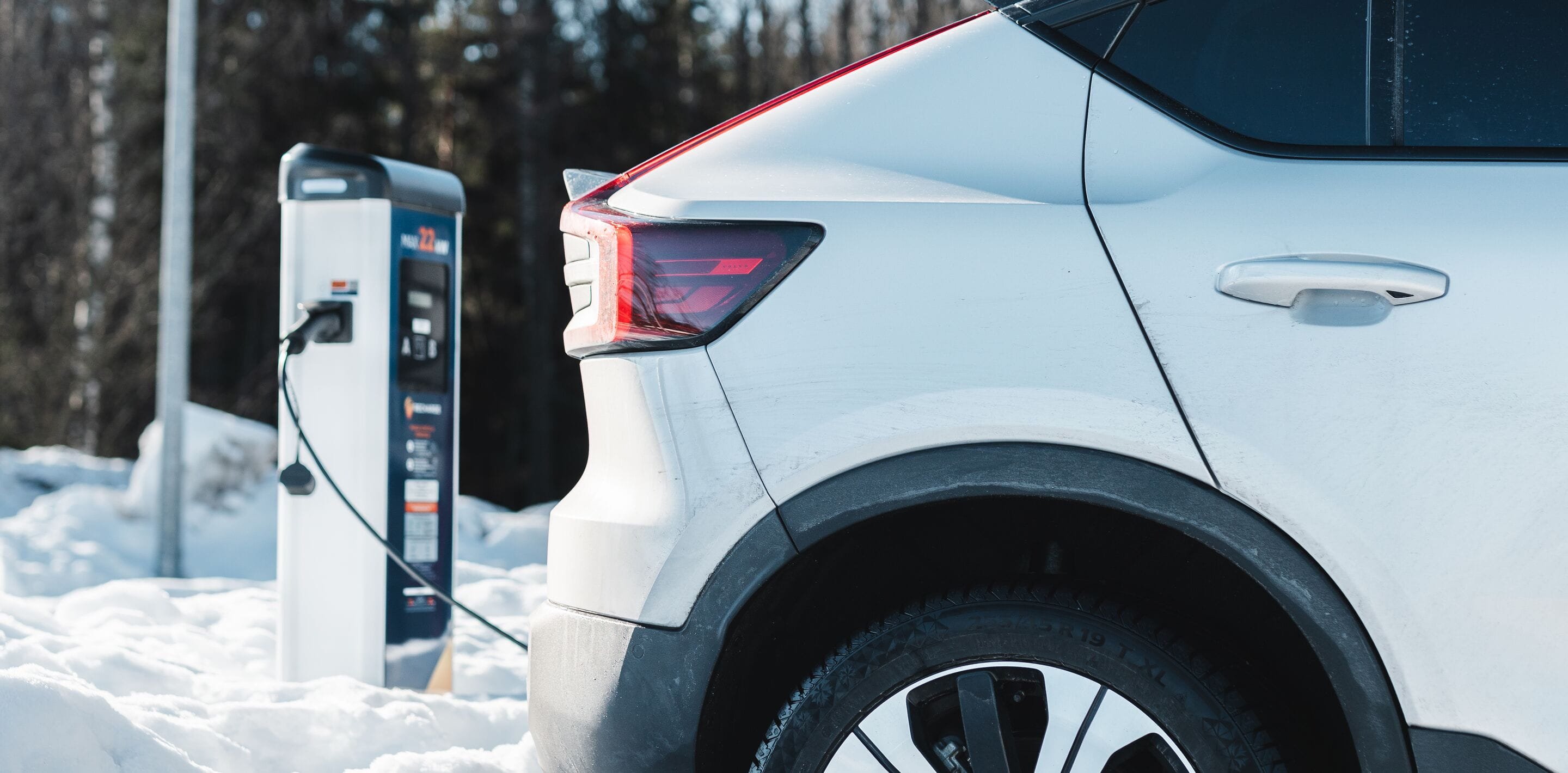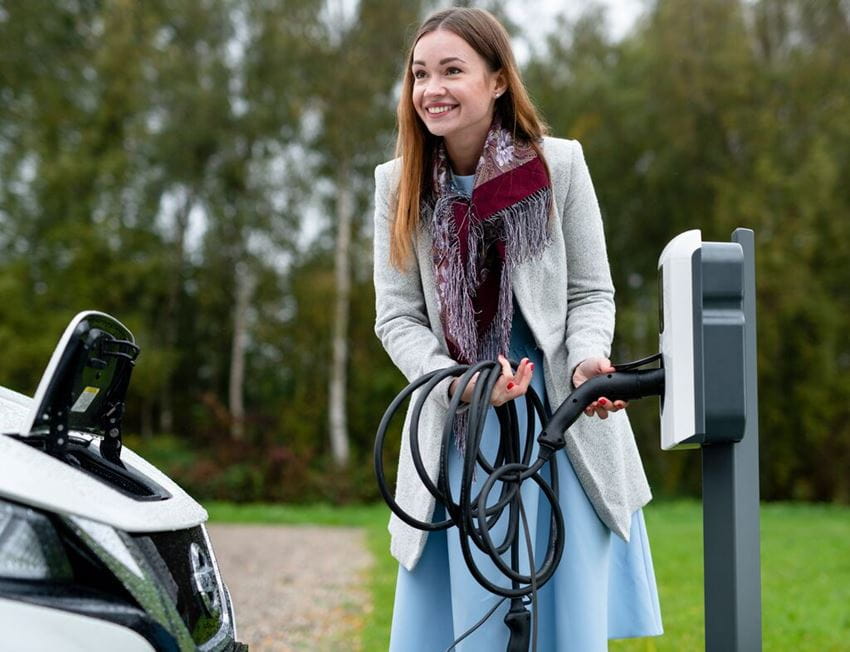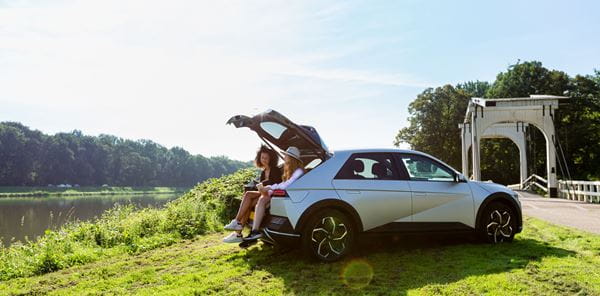
What the hell is WLTP?
How far can my electric vehicle (EV) drive on a full battery? Driving range remains one of the most important factors people consider when choosing an electric vehicle. Manufacturers usually refer to the WLTP driving range for this purpose. But what exactly is that and how realistic is the WLTP driving range when you take your EV on the road?
For fleet managers, the term WLTP may sound familiar. The Worldwide Harmonised Light Vehicles Test Procedure is a "new" global standard in force since September 2018 that measures a vehicle's fuel consumption in the most realistic way possible. The measurement method, which involves both lab and track testing, replaces the outdated NEDC test from the 1970s. First and foremost, when we think of WLTP, we think of a vehicle's CO2 emissions. Indeed, with the test cycle, the European Union checks whether manufacturers comply with CO2 regulations when producing new vehicles. In many countries, including Belgium, company car taxation is also based on these CO2 emissions.
But did you know that WLTP also plays a crucial role for electric vehicles? Not for calculating CO2 emissions (because there obviously aren't any), but for determining driving range.
What is WLTP range? The WLTP test measures an EV's driving range and energy efficiency. For this, the test looks at the total distance an EV can travel at an average speed of 50 km/h, at summer temperatures and with a battery starting from a 100% charge. As with combustion engine vehicles, the WLTP figure primarily provides the most realistic representation of the vehicle's performance and consumption. The test also gives a better idea of the payload and charge cycle in real conditions.
When we put the NEDC results of a given EV model next to the WLTP driving range, the NEDC figure will be a lot lower in most cases. This is because NEDC is much more theoretical and thus not based on realistic scenarios. WLTP is therefore the best guide to inform drivers when choosing an EV model.
Factors affecting your driving range WLTP thus provides a more realistic representation of a vehicle's driving range. Despite this, we still see that the actual driving range is often lower than the figure calculated by the WLTP test. Why exactly is this? Although a WLTP test is much closer to reality, it is still difficult to simulate real and varied driving conditions. Numerous factors can cause your vehicle's consumption to be higher than what is given as standard.
In winter, for example, heating the vehicle takes a big bite out of the battery capacity. After all, the heating uses a lot of energy that would otherwise be used directly to power the engine. Fortunately, you can reduce energy consumption during the cold winter months with a few simple tips. For example, by heating your vehicle while it is still connected to a charging station or by using techniques such as seat and steering wheel heating. During summer, we see the same story with your EV's air conditioning. The harder the A/C runs, the more your driving range decreases. Other factors include weather conditions (such as strong headwinds), the state of the road surface and, of course, your own driving behaviour. Someone who drives sportily and likes to accelerate briskly will obviously consume more. Discover more tips to improve your EV's range and more closely match the WLTP driving range here.
WLTP favours EVs Compared to the old NEDC value, the WLTP standard puts conventional combustion engine vehicles at a disadvantage, whose consumption is now much more realistic and often higher. As a result, they are taxed more heavily, while EVs actually benefit from lower taxes and a lower Benefit in Kind. In other words: WLTP makes EVs the most attractive choice for both drivers and employers, which only makes investing in a sustainable fleet more interesting.




